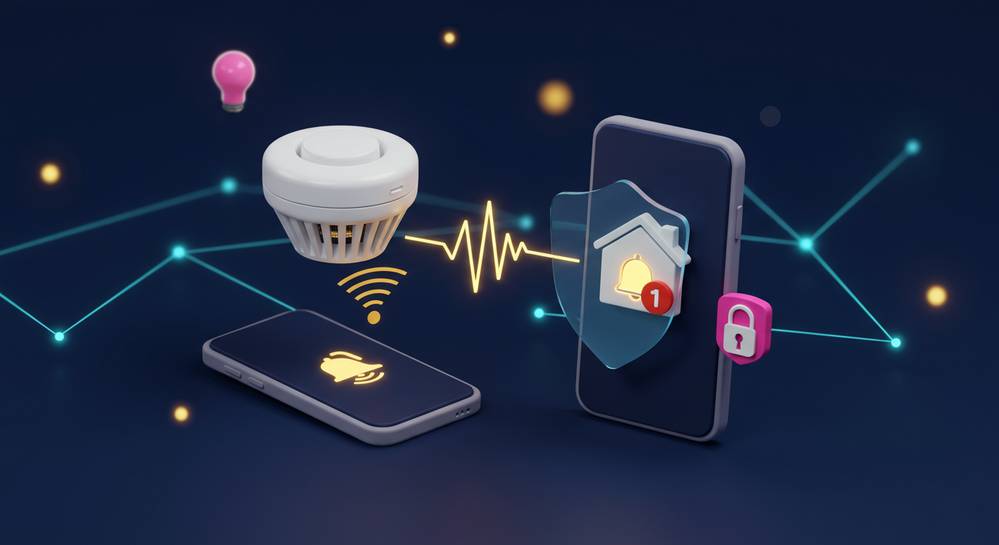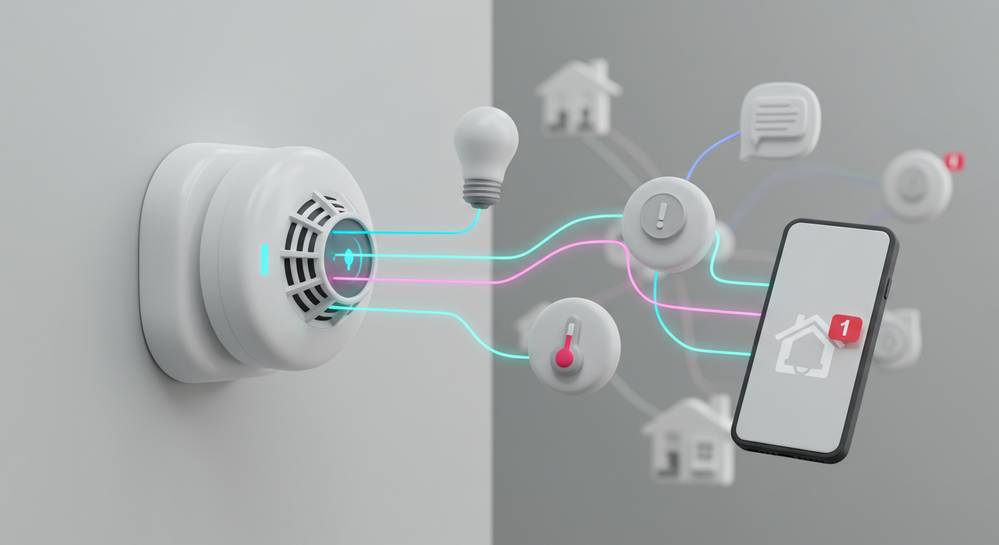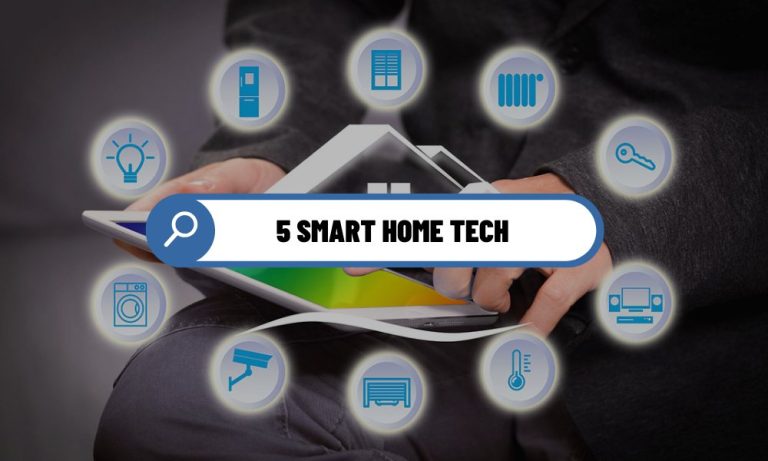The piercing, ambiguous beep of a traditional smoke alarm often causes more confusion than clarity. Is it a real fire or just burnt toast? Modern smoke detectors with smart alerts solve this problem by providing clear, detailed information directly to your phone. This guide explains how this technology works, its key benefits, and what you need to know to make your home safer and smarter.
What makes a smoke detector smart

The power of Wi-Fi connectivity and smart alerts
A traditional smoke detector has one job: to make a loud noise when it senses smoke. A smart detector elevates this function by using Wi-Fi to send detailed information directly to your smartphone. This constant connection is the foundation for all its advanced features, transforming it from a passive alarm into an active part of your smart home technology.
- Receive instant mobile notifications about potential threats. This allows you to know if smoke or carbon monoxide is detected, no matter where you are.
- Get specific, actionable information. Smart alerts can pinpoint the exact room of the danger and distinguish between smoke and a rapid temperature increase.
- Avoid low-battery chirps at inconvenient times. The system sends a notification to your phone well in advance, giving you ample time to replace the battery.
These features turn smoke detectors with smart alerts from simple alarms into an intelligent, proactive home safety hub. They provide crucial context that helps you react faster and more effectively during an emergency, offering unparalleled peace of mind.
Key benefits of upgrading to a smart system

Unlock advanced safety with smart detectors
Upgrading from a basic alarm offers advantages that transform your home safety and daily convenience. A smart system creates an integrated, responsive safety net that goes far beyond simple alerts. This proactive approach provides greater control and peace of mind, whether you are home or away.
- Remote Monitoring and Control: Check your home’s status from anywhere and silence false alarms directly from your phone. This avoids the hassle of dealing with nuisance alarms from cooking smoke.
- Interconnected Alerts: When one detector senses danger, all connected units sound an alarm. Voice alerts often specify the threat location, ensuring a faster and more informed evacuation for everyone inside.
- Smart Home Integration: Your detector can trigger other devices in an emergency. This smart home automation can turn on lights, unlock doors, and shut down the HVAC system to stop smoke from spreading.
These benefits make smoke detectors with smart alerts a crucial upgrade for any modern home, creating a truly coordinated response system.
Installation and integration into your smart home

Simple setup for smart home integration
Bringing a smart smoke detector into your home is a straightforward process designed for accessibility. Most models offer simple DIY installation. Battery-powered units can be mounted in minutes with a few screws, while hardwired versions replace existing detectors using the same wiring for power.
Once physically installed, you unlock its full potential through app-based integration. The setup typically involves connecting the device to your home Wi-Fi using a companion app, often by scanning a QR code. This simple step activates the smoke detectors with smart alerts, linking them directly to your smartphone.
After connecting, the device can be integrated with your broader smart home ecosystem. Leading smart detectors are compatible with major platforms, including:
- Amazon Alexa, allowing you to check the status with voice commands.
- Google Home, which integrates the detector into automated routines.
- Apple HomeKit, for seamless notifications and control on iOS devices.
This integration allows the detector to function as a core sensor within your home, working with your undefined to build a comprehensive safety plan.
What to consider before you buy
Before investing in a smart smoke detector, it is crucial to evaluate several key factors. This ensures the model you choose fits your home’s needs and existing technology. Making the right choice upfront guarantees reliable performance and avoids compatibility issues with your other devices.
Power source
You have two main options: battery-powered or hardwired. Battery models offer flexible placement but require you to change batteries periodically. Hardwired units connect to your home’s electrical system for constant power, with a battery for backup. These are often a requirement in new constructions.
Sensor type
Detectors use different sensors for different types of fires. An ionization sensor is more responsive to fast-flaming fires, while a photoelectric sensor is better at detecting slow, smoldering fires. For comprehensive protection, experts recommend dual-sensor units or a mix of both types.
Smart home compatibility
Ensure the detector you choose is compatible with your current smart home ecosystem. Whether you use Amazon Alexa, Google Home, or Apple HomeKit, this guarantees seamless integration. Always check product specifications for your specific undefined before purchasing.
Subscription fees
While many smoke detectors with smart alerts provide core features for free, some advanced capabilities may require a subscription. These can include professional monitoring or extended alert history. Be sure to understand what is included and what costs extra to avoid unexpected fees.
Investing in a smart smoke detector is a definitive step toward a safer, more intelligent home. It shifts your fire safety from a reactive alarm to a proactive, informative system that provides control and peace of mind. For a home that looks out for you, explore modern safety solutions at Future Home Fixtures.











